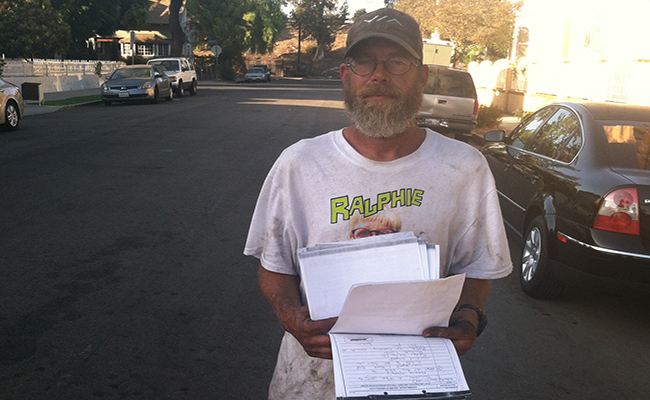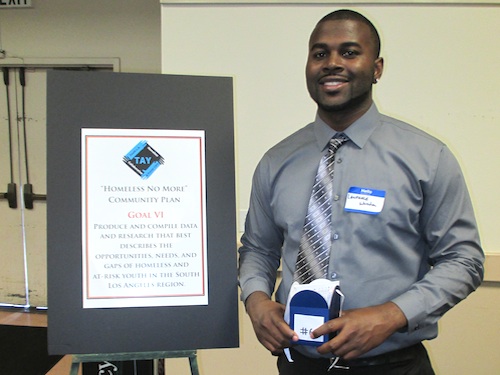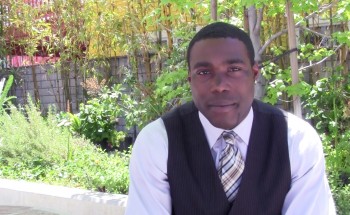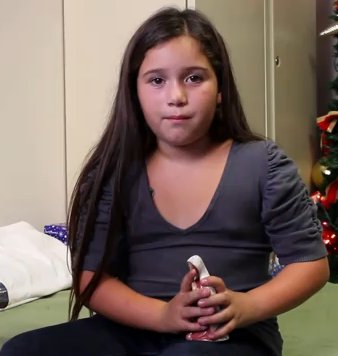
The MLK Recuperative Care Center, open to patients starting Jan. 5, is housed in a former dormitory for Charles Drew University medical students. | Marc Trotz, LA County Department of Health Services
Next month the Los Angeles County Department of Health Services plans to open a recuperative care facility adjacent to the Martin Luther King Community Hospital. The facility will treat homeless patients who have been discharged from the hospital or the nearby county-owned Martin Luther King Jr. Outpatient Center.
“If you’re homeless and you’ve been discharged from the hospital you often don’t have anyone to treat your wounds, change the dressings or help you manage with a broken leg,” said Marc Trotz, director of DHS’ Housing for Health program. “You can’t deal with these conditions properly if you are living on the streets.”
The MLK Recuperative Care Center, which will begin accepting patients Jan. 5, will be housed on the hospital campus, in a former dormitory for Charles Drew University medical students. The center will have 50 rooms and 100 patient beds, making it the county’s largest facility of its kind.
[Read more…]














 Dana Knoll began her day around four a.m. She, and three other volunteers, walked from corner to corner around Watts surveying and interviewing over 165 people living on the streets.
Dana Knoll began her day around four a.m. She, and three other volunteers, walked from corner to corner around Watts surveying and interviewing over 165 people living on the streets.  Kiera was easily singled out for stardom during her two months living at the Union Rescue Mission on Skid Row. After stunning staff during a public speaking workshop, Kiera was chosen to tell the story of Christmas on behalf of the mission.
Kiera was easily singled out for stardom during her two months living at the Union Rescue Mission on Skid Row. After stunning staff during a public speaking workshop, Kiera was chosen to tell the story of Christmas on behalf of the mission. 





